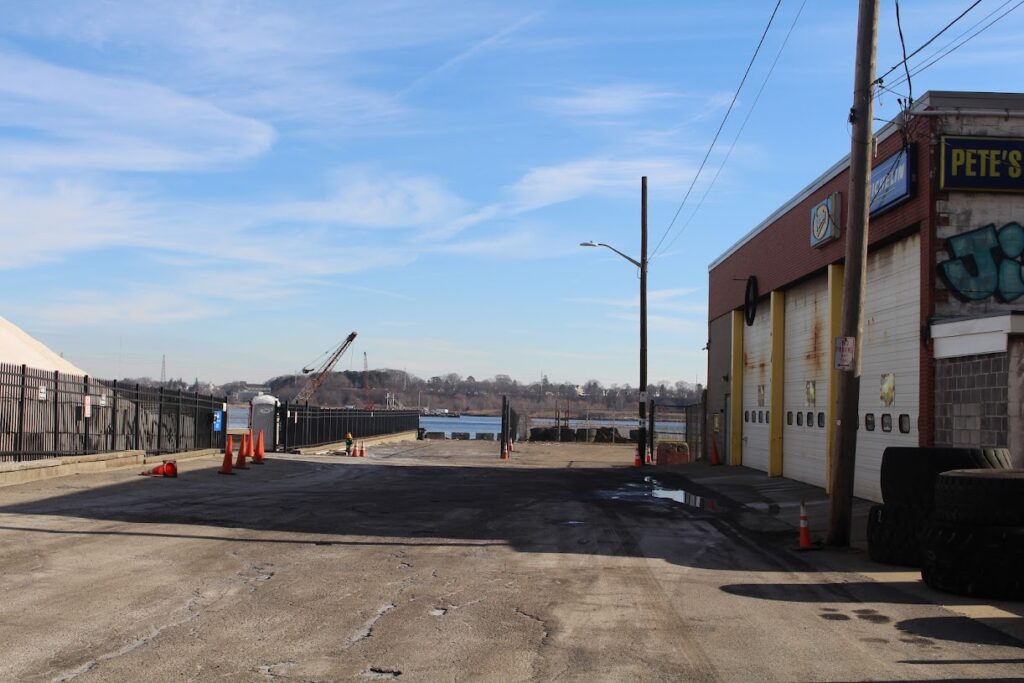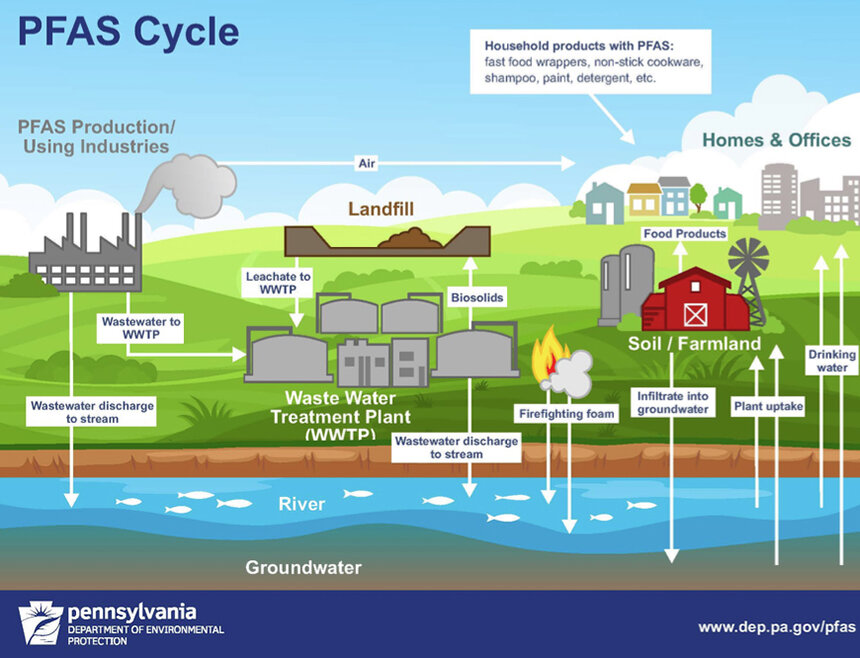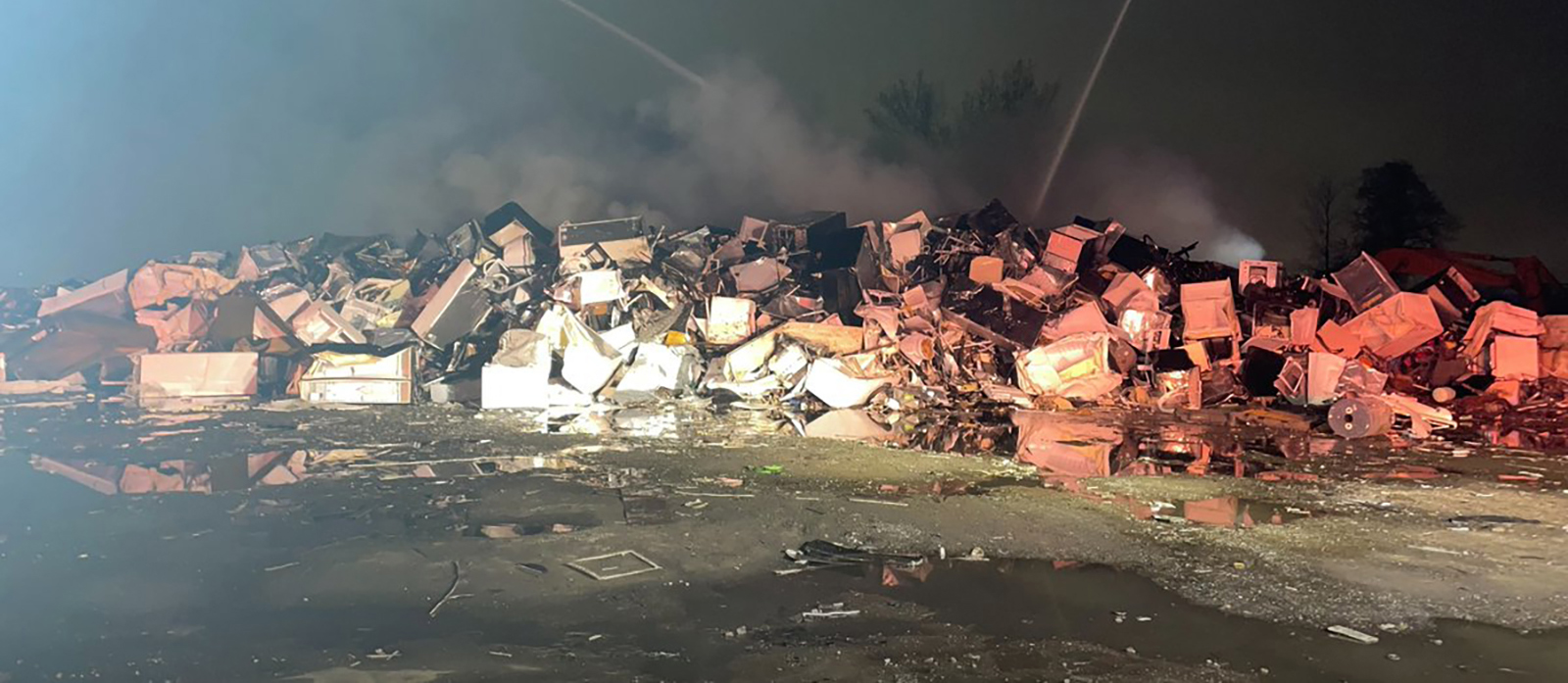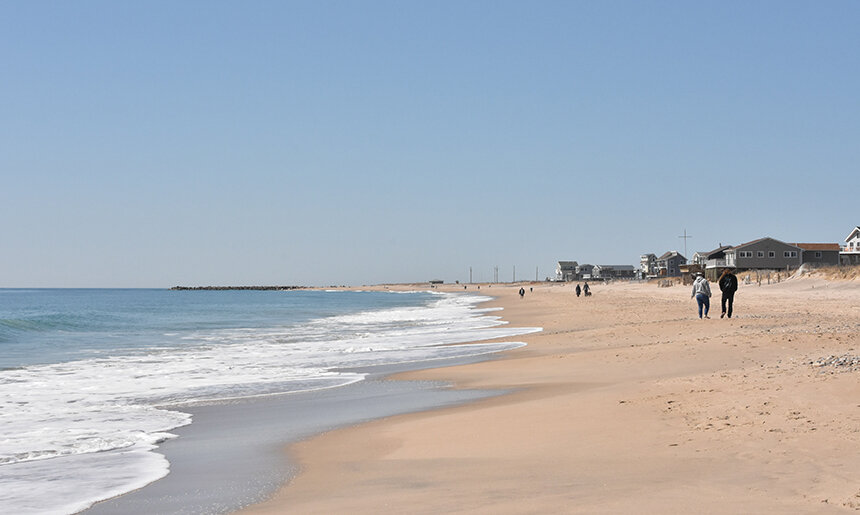Providence Neighborhood Sees Potential in Public Street
February 3, 2023
PROVIDENCE — About 100 years ago, the residents of South Providence could stroll to the end of Public Street, where the land meets Narragansett Bay, to enjoy the water and to fish.
Now, residents in the neighborhood have to walk under Interstate 95, through a confusing series of crosswalks, and past several industrial parks to get to the bay — if they choose to go to the end of Public Street at all.
But all that could change if the surrounding community and local agencies have their way.
On the last night of January, a group met at Lifespan Community Health on Prairie Avenue to discuss the potential for the public access point on Public Street.
In 2021, the Coastal Resources Management Council (CRMC) voted to permanently make the end of the street a public access point after a push from local groups.
The Jan. 31 meeting, which included food, child care, and Spanish translation services, was meant to gather community input on ways to make the most of the new designation.
The Racial and Environmental Justice Committee (REJC), the South Providence Neighborhood Association, and the Providence Sustainability Department hosted the meeting, which was one of a few outreach events that have been held to learn more about what residents want to see on Public Street.
The meeting began with a presentation on the history of the area and how it has changed over time, from a point in the bay before fill was added to the neighborhood to the industrial zone it is today. The access way was also traditionally located near the State Pier, the former immigration hub for Rhode Island in the 20th century.

A design team presented some examples of urban waterfront public spaces, including bridges, boardwalks, and recreational areas, to show the audience how features like art, landscaping, and infrastructure could be incorporated into the public way.
Audience members then voted on what they would like to see in the new space — with habitat restoration and access the top priorities — and what they thought would be the toughest challenges — with pollution voted one of the biggest obstacles.
For the remainder of the gathering, community members discussed their own visions for the access way in small groups.
Dwayne Keys, of the South Providence Neighborhood Association, emphasized that the meetings were meant to draw ideas before any concrete planning begins.
“I just want a place to sit,” one resident said, explaining that she bikes with her husband and 8-year-old, and they would love a place to take a rest when they ride around the city.
Linda Perri, president of the Washington Park Association, said she would like to see a pergola somewhere on the street. She said during the summer, it’s very hot on that part of Public Street, and anything she’s tried to plant down there hasn’t been able to take root.
Another resident called the area “no man’s land.”
“It’s not an inviting street to walk down,” she said, adding that she hoped that might change with improvements.
Other community members talked about the need for better signage in the area, to show that the way is public, and street improvements to make the area safe for vehicles, cyclists, and pedestrians. There was also discussion about the area’s climate resiliency and ensuring that infrastructure or landscaping there that wouldn’t be washed away during storms.
REJC director April Brown talked about how frustrating the current state of the Public Street access way is and the importance of returning it to its former glory.
Although the area might be industrial now, Brown said residents should have a say in the recent calls to improve the Port of Providence.
“It’s very personal,” she said, explaining how her grandmother had described fishing at the end of the street in the early part of the 20th century. “I see pictures of what it used to look like. … Why can’t it look like that now?”



